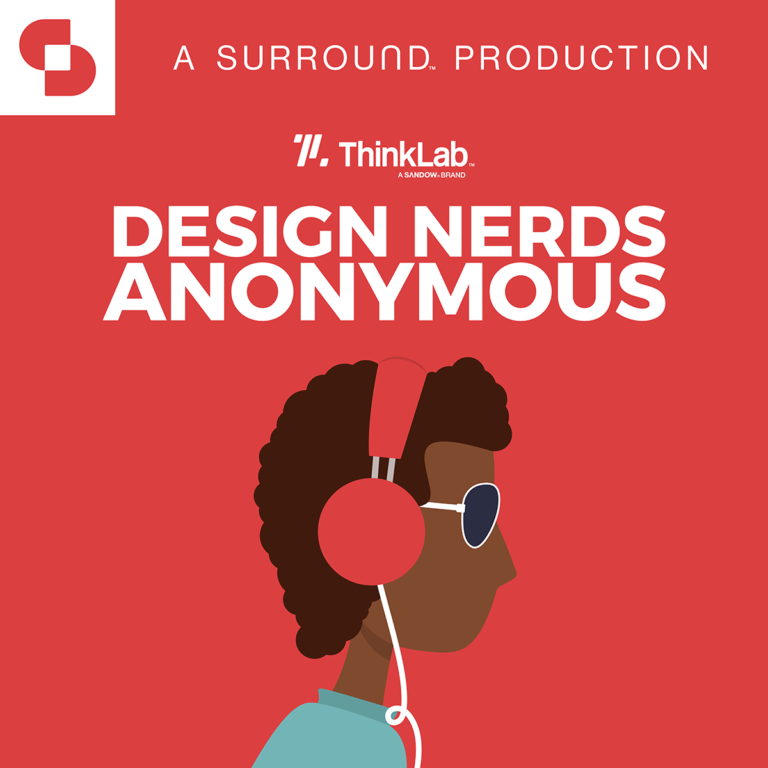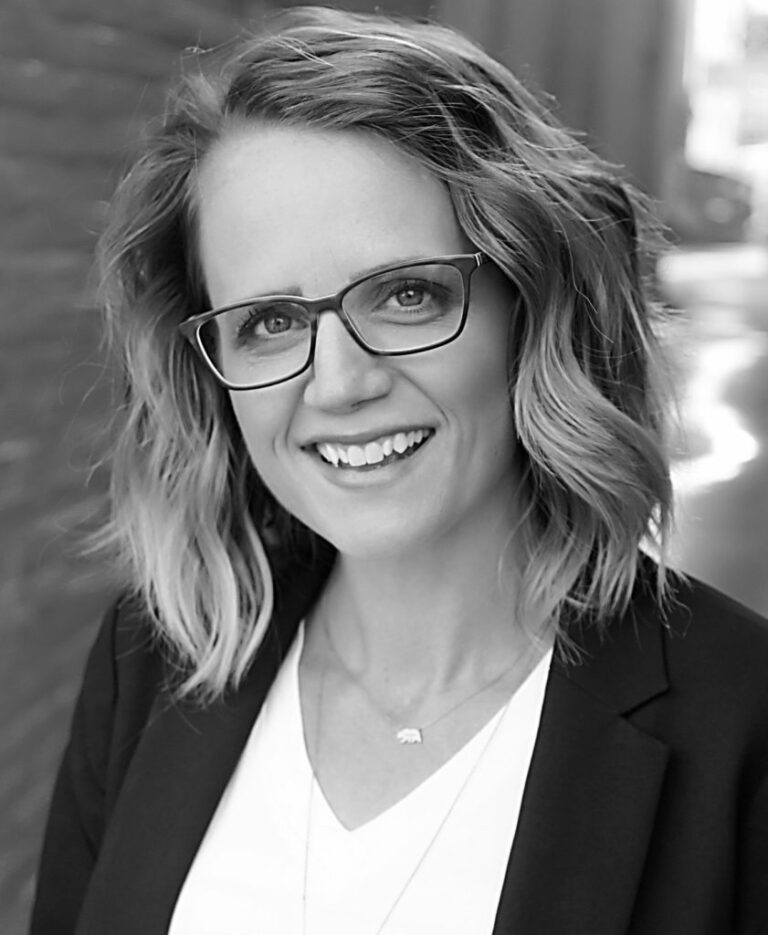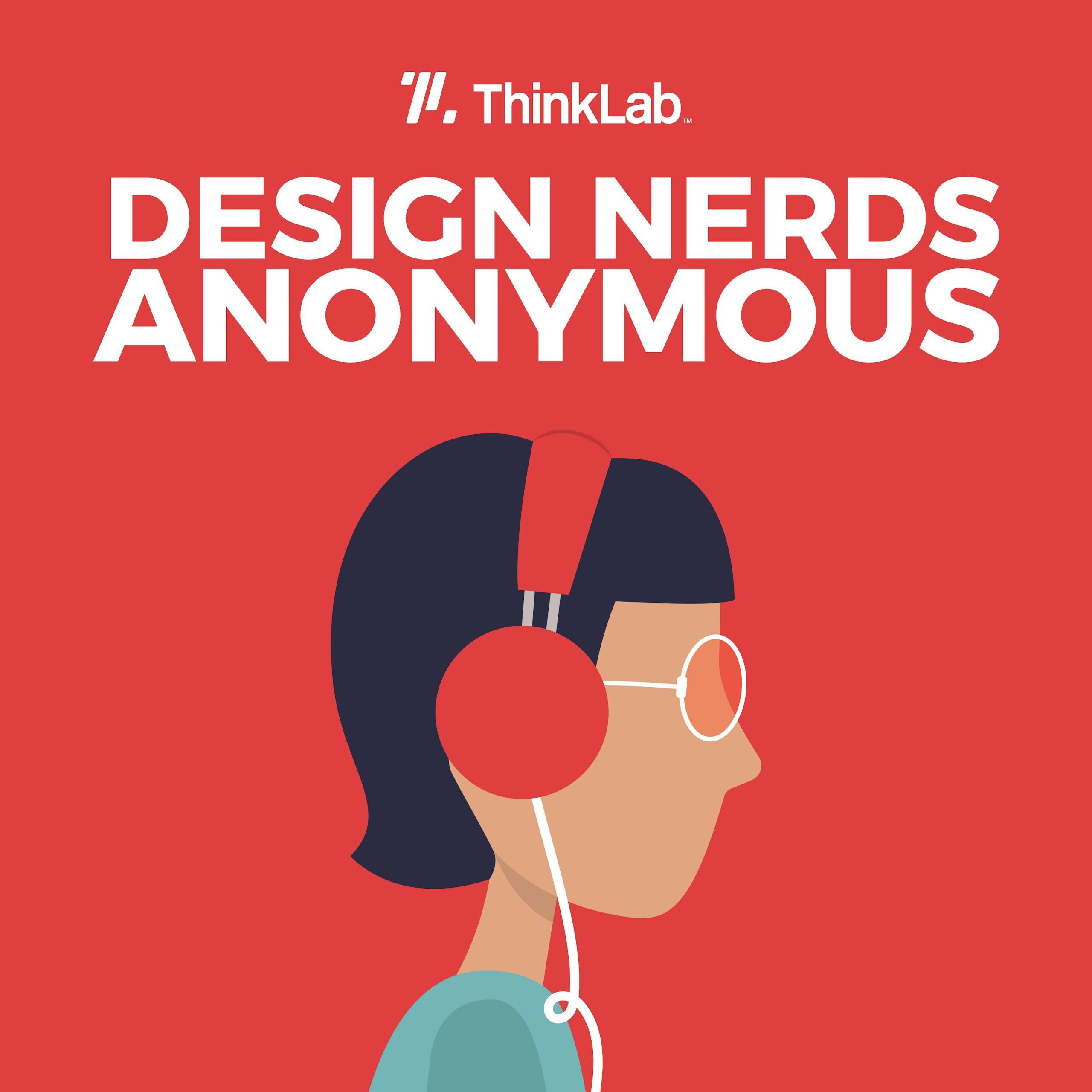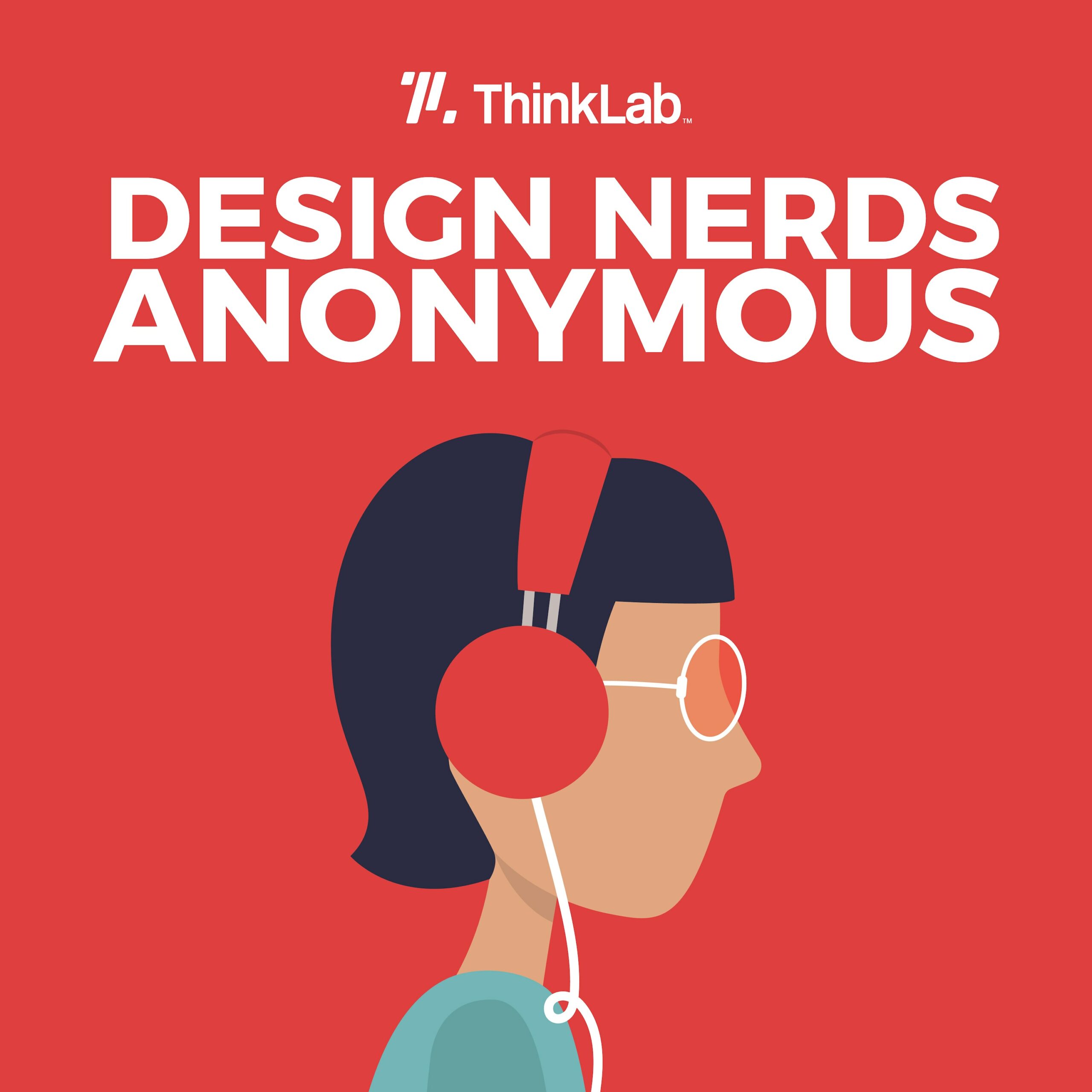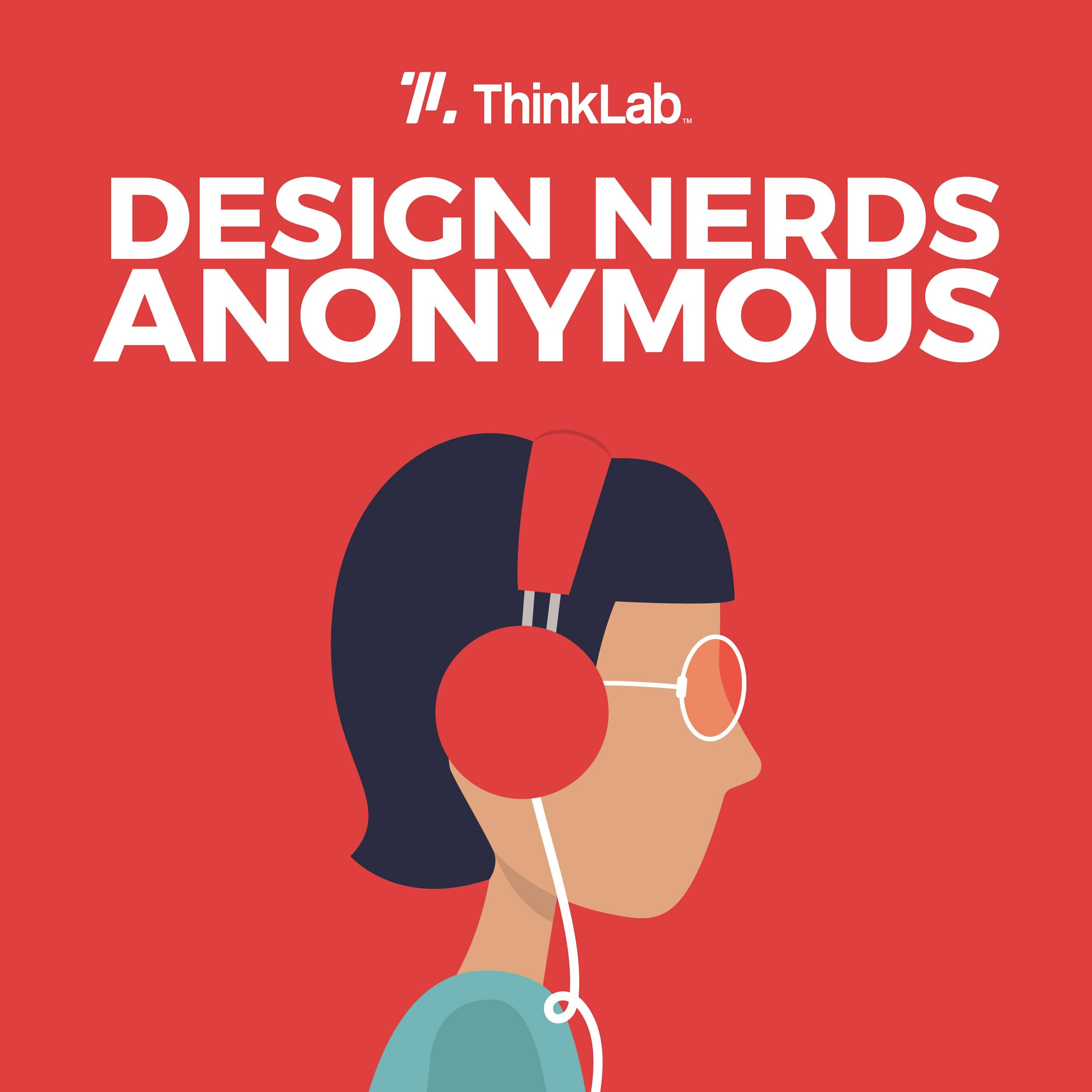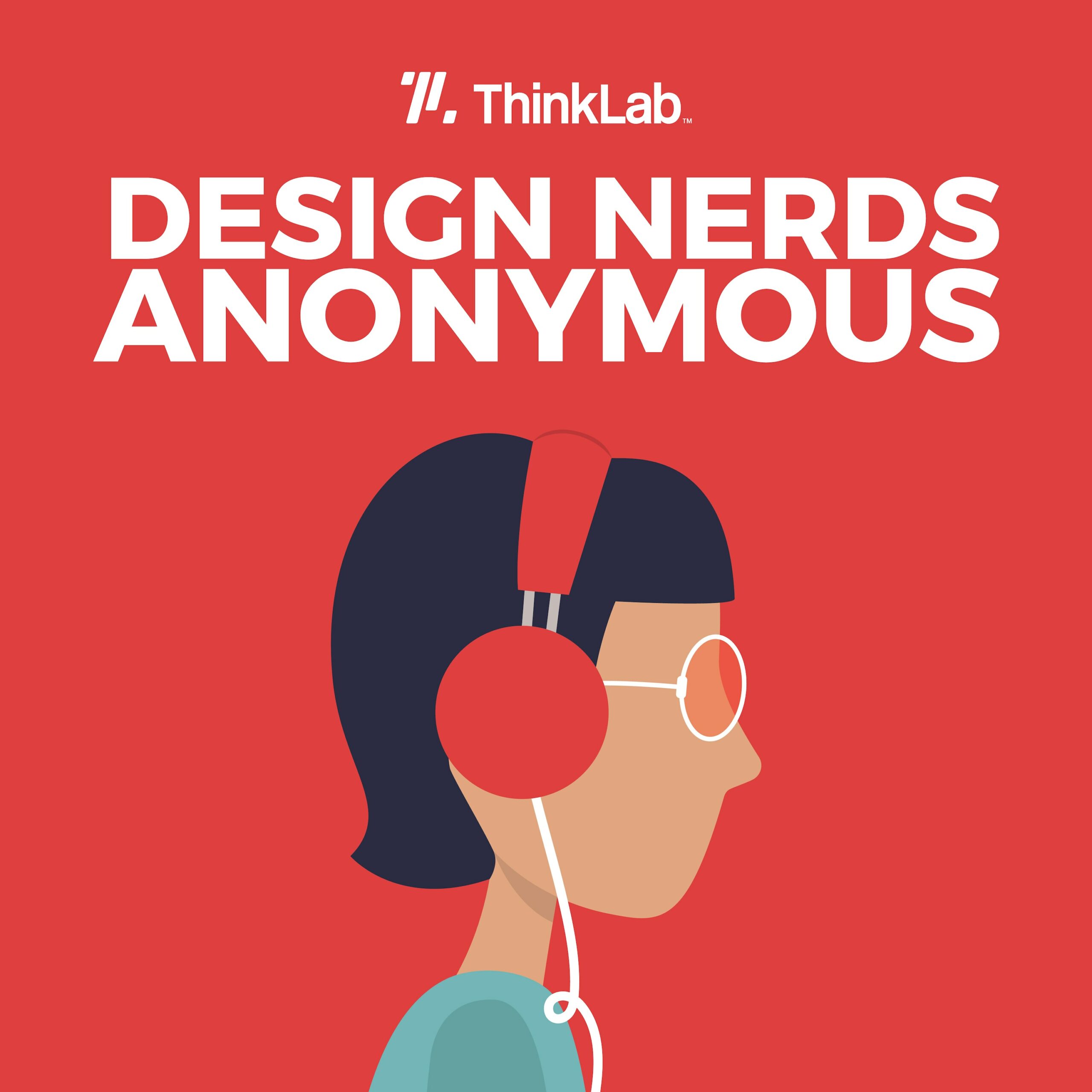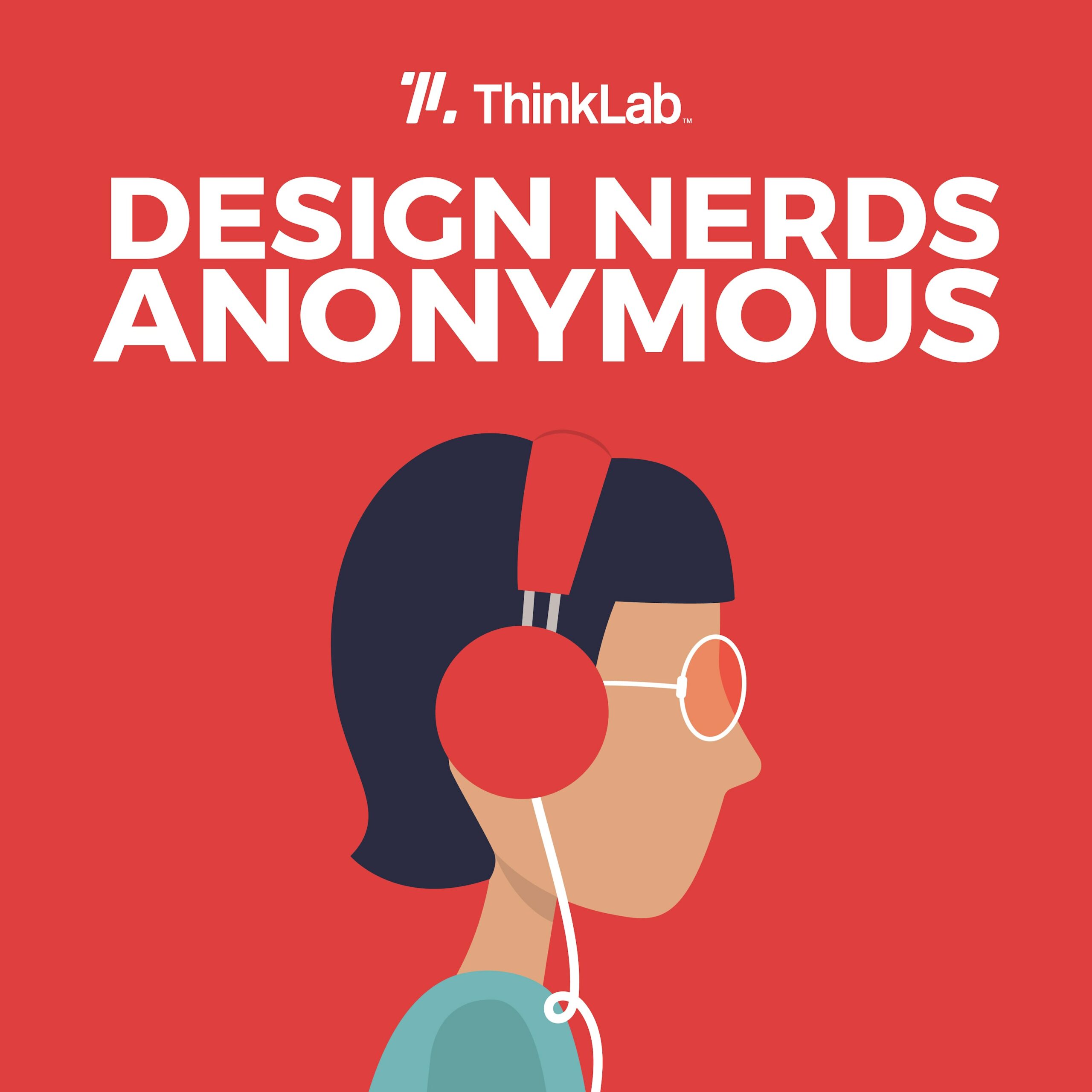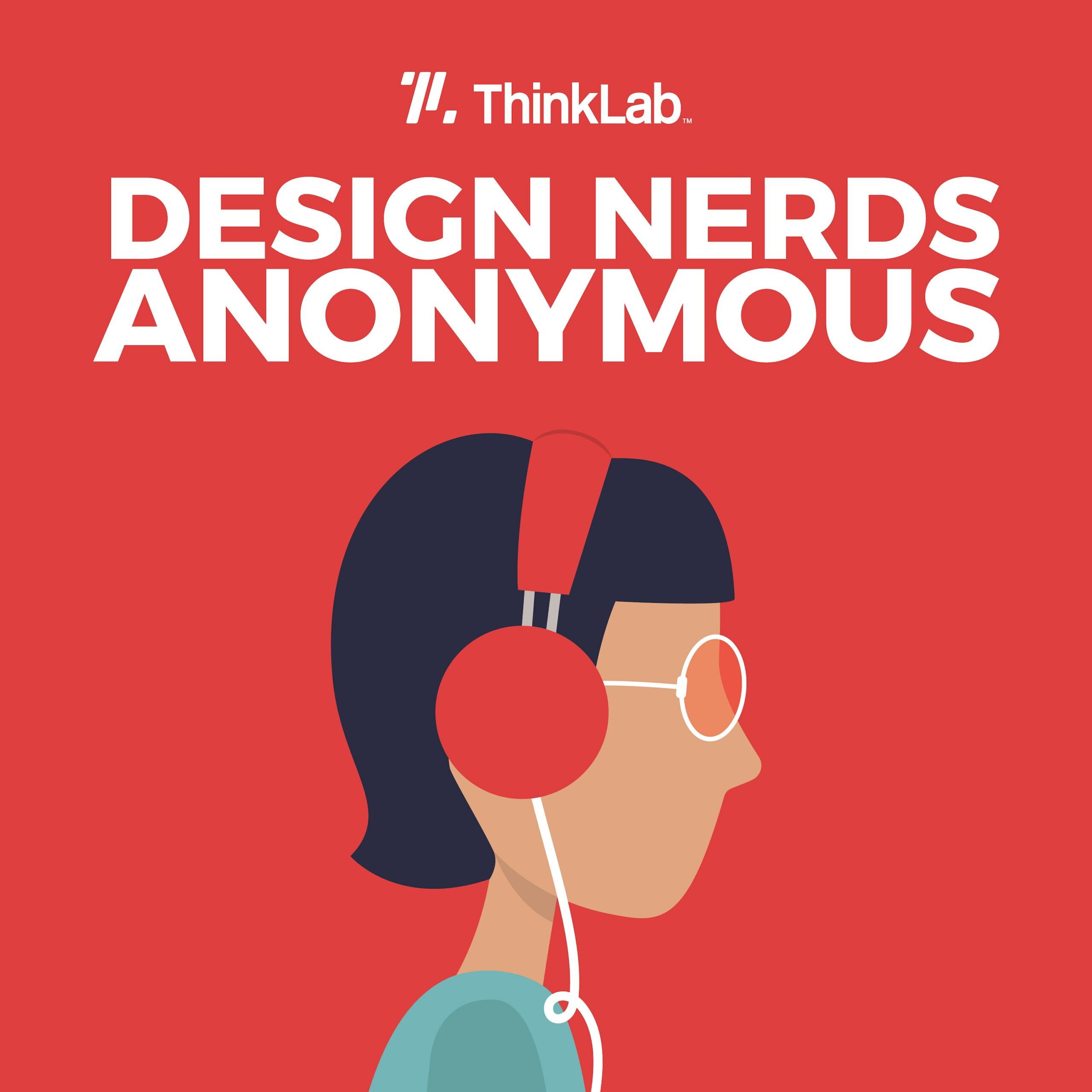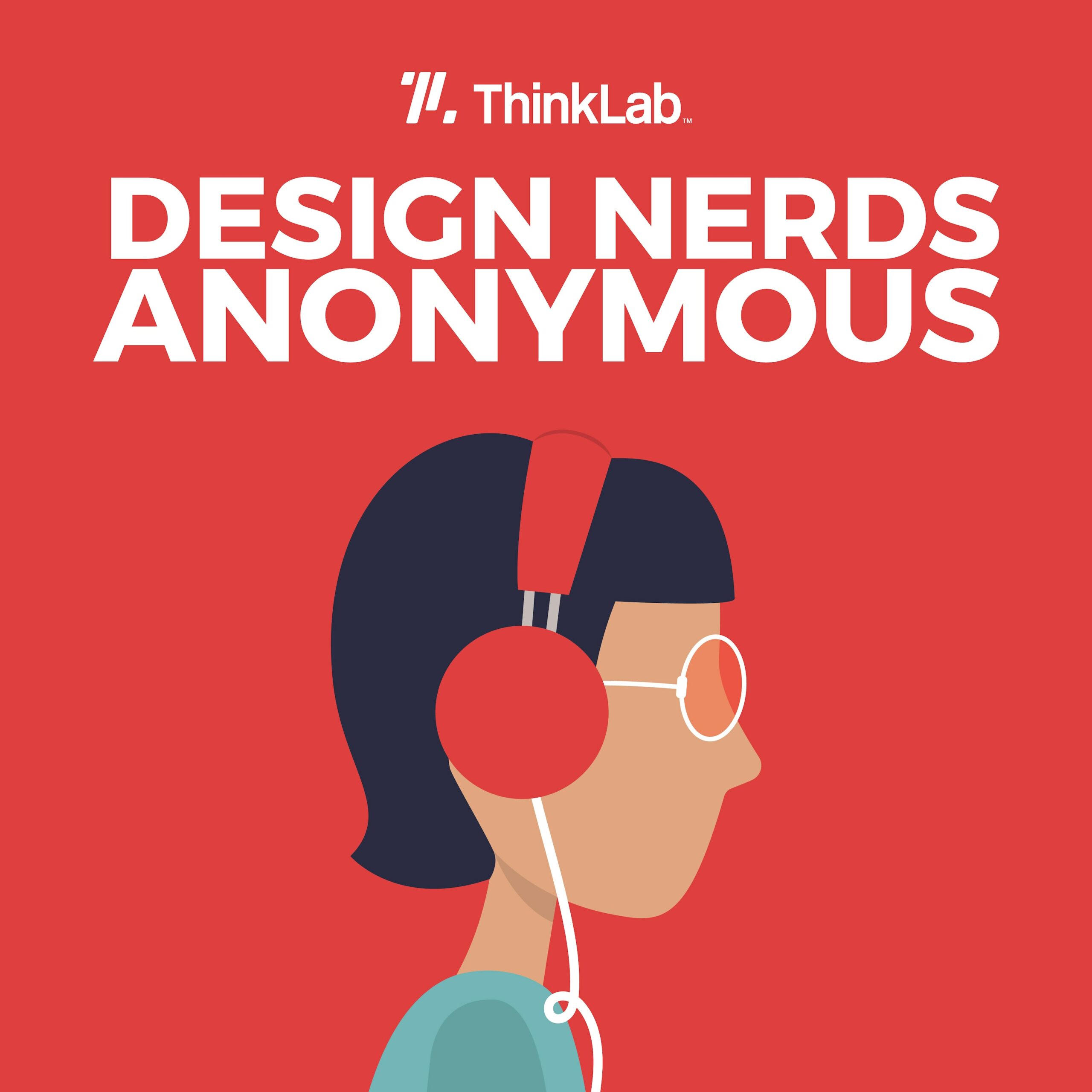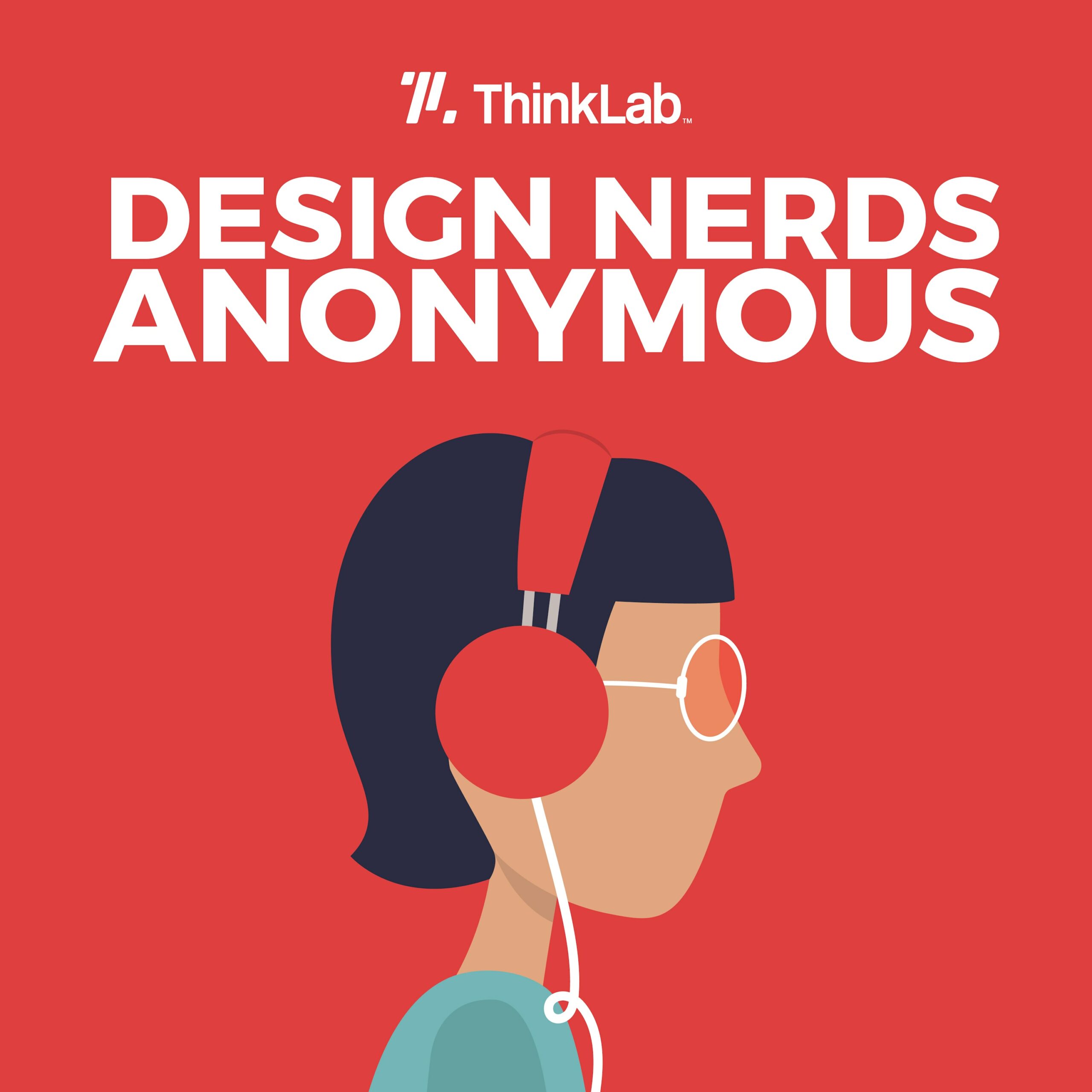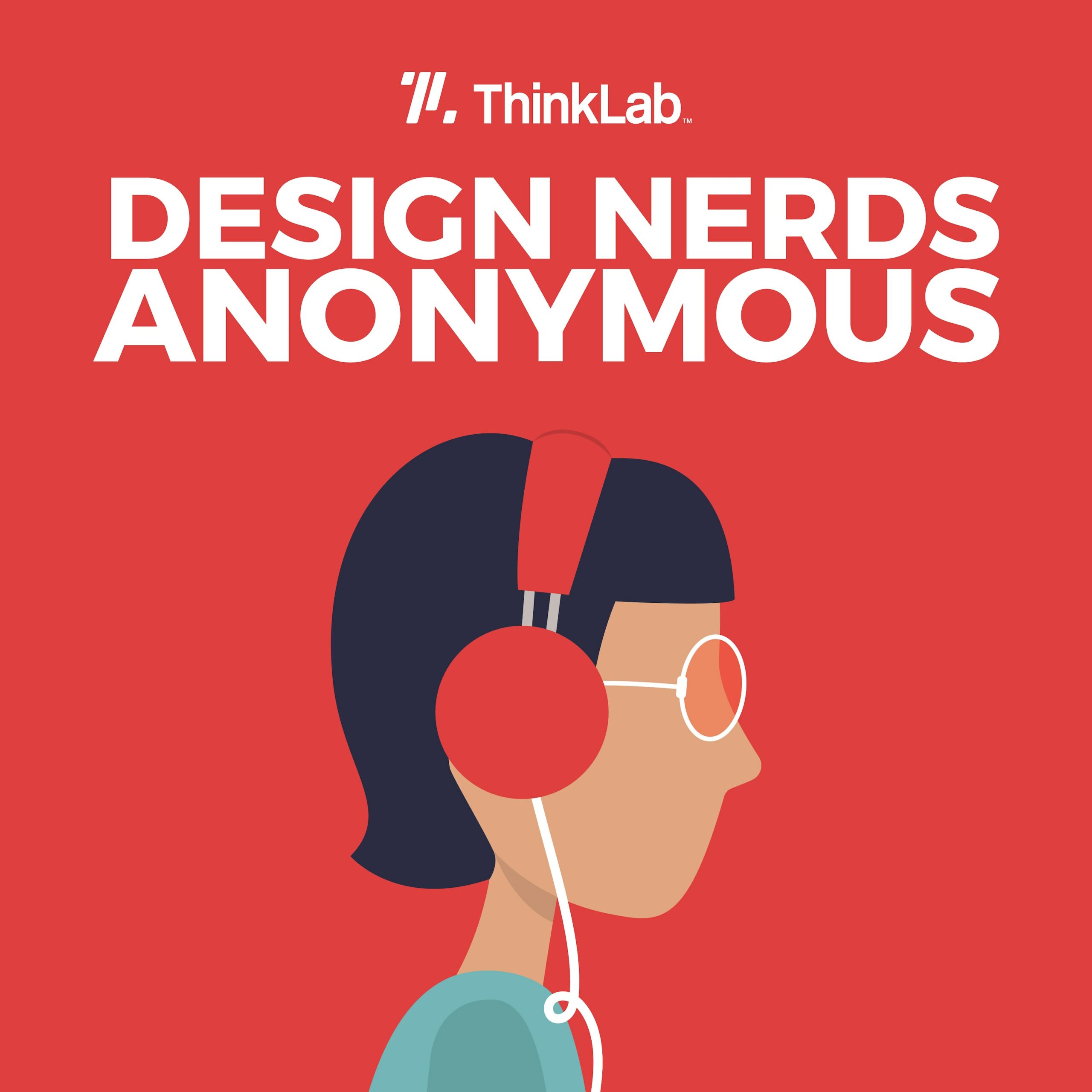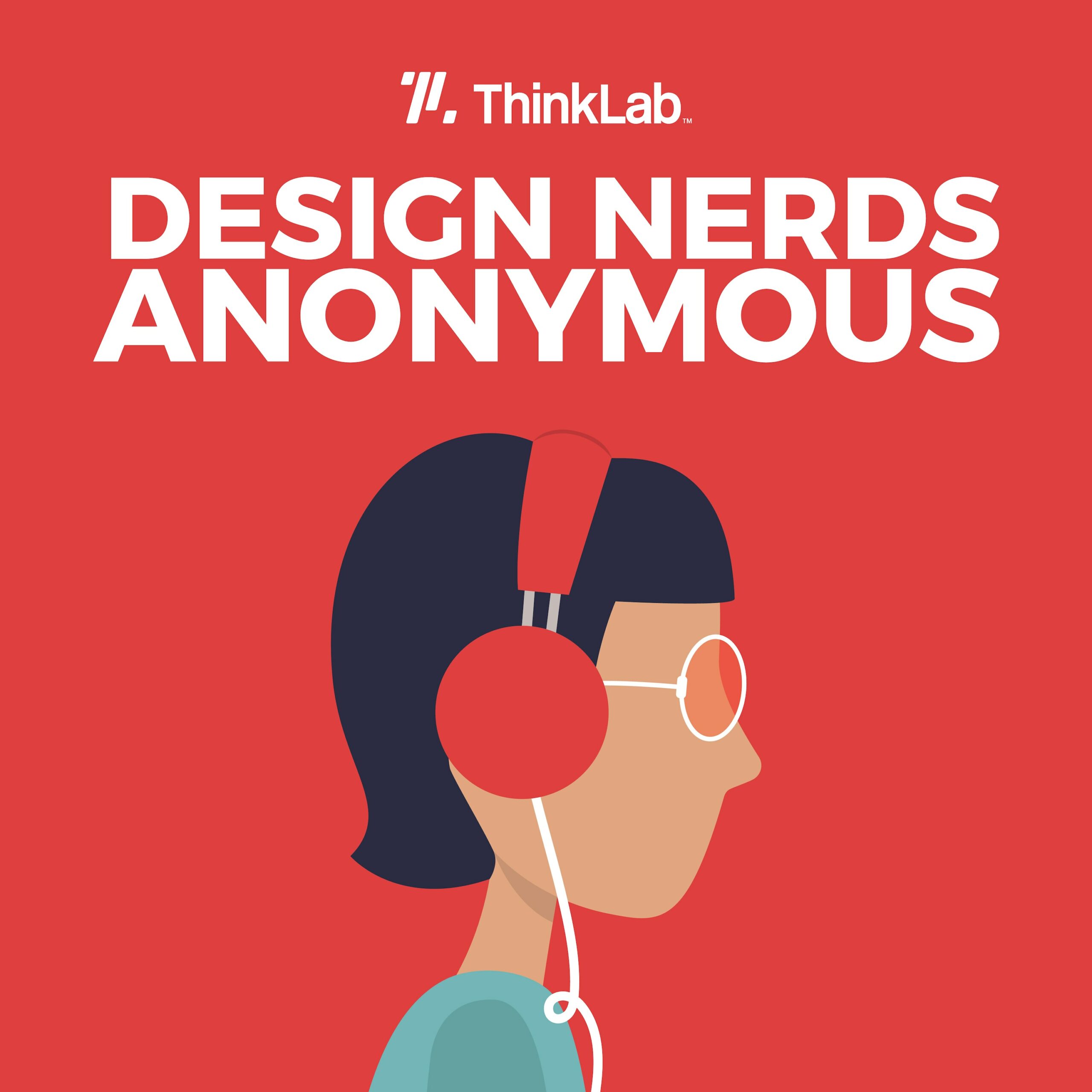In this episode:
[8:00] “If you’re truly continuing to try to raise the bar for your customers, getting it right the first time and making it as seamless and as easy as possible on that first go-round is paramount.”
[11:27] Stacey details a number of challenges retailers are currently facing.
[23:42] Mark describes how supply chain issues have changed expectations for immediate results.
[26:05] Andrea explains the new procurement role her design firm created in response to the pandemic.
Our first guest, Stacey Wagner, chief experience officer for Zappos, explains the retailer’s driving ethos as a service company first and foremost. He shares four key insights for inspiring brand loyalty, such as empowering employees to personalize their interactions with customers. He also stresses the need for collecting data during these interactions to learn what customers are having trouble with and to continue to innovate.
In chapter two, this episode explores brand loyalty in the design industry in a mini roundtable with Mark Woodman, an interior designer and trend forecaster based outside Washington, D.C., and Andrea Goldman, a luxury interior designer located outside of Chicago. For Mark, product brands earn his loyalty when they demonstrate their own loyalty, both to designers and to their own employees. For Andrea, she seeks consistency over all else: consistency in the quality of the product and in the communication with the main point person.
Connect with our interviewees on LinkedIn:
Stacey Wagner
Mark Woodman
Andrea Goldman
This season of Design Nerds Anonymous is brought to you by Mannington Commercial, theMART, and NeoCon, companies doing big things to move the design industry forward.
Download our leading-edge playbook: 5 Personas and 50 Ways to Design Their Phygital Journey.
Design Nerds Anonymous is a proud member of the SURROUND Podcast Network. Discover more shows from SURROUND at surroundpodcasts.com. This episode of Design Nerds Anonymous was produced and edited by SANDOW Design Group, with music from Blue Dot Sessions. Special thanks to the podcast production team: Hannah Viti, Wize Grazette, and Samantha Sager.
Amanda Schneider: Here’s a somewhat shocking statistic: In our recent ThinkLab hackathon survey, 70 percent of survey participants said that today they believe they can be served by a remote team of people from a brand as well as they can from a local rep, and that number was even higher as we looked at Gen Z.
Now, let me be clear, this does not mean that the local rep is less important. We know that a great local rep has long been the difference between preference and distaste for a brand. However, it does mean that there are opportunities for innovative brands to step up, especially in the face of increasing pressure to respond with the right information, faster.
Mark Woodman: The number 24 sticks in my head, almost from the old television show. It’s like: “You’ve got 24 hours. Please try to stick to that if you can.” We have all these levels of [00:01:00] communication, between texts and Zooms or emails and phone calls and you name it. Figure out a way to stay in touch with us.
Andrea Goldman: Doing it right means that they not only back up their product, but they support that open communication and that constant communication, which is so key.
Amanda: The voices you just heard are from two residential designers, Mark Woodman and Andrea Goldman. We’ll hear more from them in chapter two about how the best brands are making them loyal superfans, especially amidst this residential boom we felt and ongoing supply chain challenges.
Simply put, today, it takes more time to serve the same number of clients for many reps. So, to explore this topic, we took our typical ThinkLab approach of looking beyond our industry for inspiration.
Stacey Wagner: The vision of Zappos is a service company that just happens to sell XYZ. That was the mindset [00:02:00] and the culture that was driven throughout the organization — not just the call center, the customer service rep level, but throughout every level of the organization. It was much more of “service first,” and then whatever else we choose to sell on the website that comes along with it, but service first and foremost.
Amanda: That was Stacey Wagner from Zappos, a company known for loyal brand superfans. In chapter one, we’ll explore inspiration from the Zappos model. He’ll challenge us all to apply this B2C thinking to our B2B world. Think about the process of interacting with our brand over the product we sell, and he’ll share four key insights as to where to start if it’s loyalty we seek.
Welcome to season four of Design Nerds Anonymous, the podcast that sparks curiosity at the intersection of business and design. I’m your host, Amanda Schneider, founder and president at [00:03:00] ThinkLab, the research division of SANDOW Design Group.
So, let’s dive into chapter one. Here’s our first interviewee.
Stacey: My name is Stacey Wagner. I’m the chief experience officer for Zappos. I have been in a multitude of different capacities, from supply chain to our customer service and loyalty teams, as well as a few other components on the retail side of the business.
Amanda: Zappos continues to turn heads with its disruptively entrepreneurial spirit, radically innovative employees, and most importantly, the incredible loyalty from their customers. Zappos continues to outlive the seemingly inevitable short life span of the average tech company. So how do they do it?
Stacey: There, there is no maximum time to be on a call. Our agents are very empowered to do whatever needs to be done, whatever steps need to be taken to ultimately help out that customer at that very moment of truth, ultimately trying to wow the customer [00:04:00] whenever possible.
This year alone, we’ve had a call that lasted, I believe, it was just under 11 hours. That customer that was on the phone with one of our agents loved the interaction so much, was so wowed by that, she ended up applying to Zappos and is now a Zappos employee. So like, it really came full circle. When you talk about a customer service mentality and really being customer centric and focused, those are some of the examples of our really being there, of doing what we say we’re going to do.
Amanda: And one statistic we read suggests that it’s harder to get a job at Zappos than it is to get into Harvard. This suggests that in addition to customer loyalty, there are other residual benefits to creating a great brand. But if the idea of an 11-hour phone call gets your stomach churning or inspires you to create a spreadsheet analysis that proves why it won’t work, let’s back up a minute to hear the vision that created [00:05:00] it.
Stacey: The vision of Zappos is a service company that just happens to sell XYZ. That was the mindset and the culture that was driven throughout the organization — not just the call center, the customer service rep level, but throughout every level of the organization. It was much more of “service first,” and then whatever else we choose to sell on the website that comes along with it, but service first and foremost.
But what is the impact of these strategic decisions, or of making these types of trade-offs? And how do you ultimately navigate that while staying true to our ethos of being a service company that just happens to sell whatever?
Amanda: So, you may not be ready to, as Zappos says, “aim to inspire the world by showing it’s possible to simultaneously deliver happiness to customers, employees, vendors, shareholders, and the community in a long-term, sustainable way.” But as we look for inspiration into how [00:06:00] to create loyal superfans for your brand, here are four pieces of advice from Stacey and Zappos.
Number one: Leverage technology to get people connected to people. As unsexy and low-tech as it may sound, Zappos believes that the telephone is one of the best branding devices out there. Everyone knows how to use it. You have the customer’s undivided attention for 5 to 10 minutes, and if you get the interaction right, the customer remembers the experience for a very long time and may even tell his or her friends about it.
That said, depending on what you’re looking for and when, even the same person may have different interaction preferences — from telephone to text to even a chatbot.
Stacey: When you think about how easy it is on the Zappos side to get a hold of a customer service rep, to find the customer service number, I mean, it’s plastered right there on the banner, right on the homepage, and just about every other page [00:07:00] you go to on the website. In terms of trying to track somebody down and trying to get a hold of someone to provide support or some help, “empowering to help” has been vital to Zappos’ success in the customer service arena.
Now, after that, when it comes to additional technology — SMS text, your chatbots, those sort of things — that’s something that we rely heavily on as well. Quite frankly, that’s going back to trying to wow the customer. Not every customer wants to get on the phone, if they’re multitasking, if they have other things going on. If it’s something that’s little more basic and not time-significant, maybe it’s a text or maybe it’s an email.
For me, going a step further, the reason why it’s so important that we capture so much data from the customer, via those calls, texts, or emails, is because we need to continue to innovate and do a better job on the front end to minimize the need for contact in the first place.
It’s not to say that I want to make our call centers obsolete or that they’re not important, but again, if you’re truly [00:08:00] continuing to try to raise the bar for your customers and wow even further, getting it right the first time and making it as seamless and as easy as possible on that first go-round is paramount.
Amanda: Number two: Empower employees to help and personalize the interaction. While some may argue that your company does this, how would your infield sales reps rate the average customer service rep on field savviness?
Does your average rep truly have empathy for what daily life is like for the average designer or distributor?
Stacey: “Empowering to help” and then “no scripts,” I think, go hand in hand, and they’re very vital. Ultimately, our folks are — The message is loud and clear. Take as long as you need. Go through the resources and the tools that you need to ultimately get the customer the answer, and the solution, and [00:09:00] find however way you can help. No rushing, no trying to upsell anything, no trying to do anything other than solve that customer’s question or problem or challenge to the best of your ability. So, when I read [the words] “empower to help,” and when I think through that, and when I talk to some of our agents, it is: OK, what additional training is necessary? What additional tools in your tool kit are needed to ultimately better equip you to solve that customer’s issue as quickly as necessary?
It’s not lost on me, [although] we say there is no maximum time, that the customer’s time is still valuable. But for me, “empowering to help” and really “no scripts” means tweak your approach to your customer. So, if it is one of those customers that just needs something hard and fast, then good, they have it at their fingertips. They’ve also trained our agents that if it’s somebody that wants to chat a little bit further and the conversation evolves into a 11-hour conversation, you’ve got the [00:10:00] tools in your tool kit and the ability and empowerment to be able to do that also.
Amanda: Number three: Focus first on the immediate solution for the customer, but second, aggregate learnings to get it right the next time, faster.
Stacey: What’s the root of the problem? How can we ultimately solve that and make this experience either better or make it right? How can we enhance it? What can we learn from it? That’s another key component.
I’d like to say that what Zappos has been a lot more acutely aware of and focused in on over the few years has been “What are we learning from those conversations?” Like, what are some of the commonalities that take place in those calls? With the data that we’re consuming as a result of those calls — not, like, personal information — but what are those common challenges that customers are calling in for? And then, how do we put in some sort of tech solution or some sort of other information, you know, at the time of purchase or on the website, to ultimately make it even [00:11:00] easier for customers?
I will just call out a couple of things that we are thinking through that I would encourage most businesses to think about. I think it’s a major opportunity across the board. It’s getting it right on the front end, like, that is going to become increasingly important for minimizing any additional touches whatsoever, right? Get it right the first time where the customer gets exactly what they’re looking for, exactly what they were expecting, and we all move on.
The price of returns as we’ve seen for most companies has skyrocketed with the price of transportation being extremely high, supply chain delays, gas/fuel prices, and just the market as it is. Now, you have so much e-commerce competition, specifically that you have compete for different suppliers to deliver your product, whether that’s UPS, whether it’s Amazon, FedEx, you know, USPS, whatever. Like, all of those supply chain constraints are much more expensive coming out of the pandemic than they were beforehand, and I don’t anticipate seeing [00:12:00] a whole lot of relief in the next several years.
So, between costs of returns and the sustainability aspect of additional packaging, additional carbon emissions, it’s going to continue to be more and more and more important that you take the steps on the front end to get it right the first time, save yourself a lot of money, and save a lot of sustainability efforts for the planet.
Amanda: And the fourth and final piece of advice is to leverage data to personalize the experience and enhance that loyalty. As we heard in last week’s episode, no designer has ever said, “I have extra time.” So, I want to challenge our listeners to consider a world where your brand could save your clients’ time — and literally become the “easy” button.
Stacey: Having those data points of what customers are looking for helps us with our strategy when it comes to tech, when it comes to enhancements on the website, to different offerings to further get it right [00:13:00] on the front end. For us within Zappos, it was more personalized experiences, knowing our customers to the level of “We know you wear 11 1/2 in New Balance, but you wear 10 1/2 in HOKA. Here’s the size chart that is much more specific to you, to your foot, and to your activities, right? Are you a runner, or just a casual walking–type situation?”
Being very specific at the customer level to make it much more individualized, as opposed to a one-size-fits-all approach, I think it’s going to continue to be more and more important. This isn’t necessarily Zappos-related, but if you’re going to buy a new refrigerator or a new mattress or a new bed set or whatever, you can see it and a mock-up in a store. But you don’t always visualize exactly how it’s going look in your bedroom or your living room or your kitchen or whatever until you get it in. So, when you think more about those virtual try ons, or tryouts if you will, I think what’s going to be [00:14:00] more and more important for a lot of companies in the future is having that technology to say, “All right, like, here’s a mock-up of my living room, and here’s what it would look like with this set of sofas or couches.”
Amanda: So, as we close out chapter one, I ask Stacey to challenge our industry to think differently. Here’s what he said.
Stacey: I would say: Put your money where your mouth is. Provide the service or the data or the info that is needed without playing games. I hate to say, “Just do better.” If your service or product or business model is really that good, it’s not really that concerning to share information.
Take Zappos. We do what we say we’re going to do. We’re a customer service company first and foremost, and so that means doing what we need to do to wow the customer at all costs. That doesn’t mean that we aren’t innovating in the background. That doesn’t mean that we aren’t trying to continue to increase or improve the offering in the background. We strive to do [00:15:00] that much better, knowing that these are the rules of the game. There’s no curtain to pull back; ydou know what you’re going to get. And then we try to increase our offerings and increase our product and our brand and improve continuously, to where we can share without much risk and still go about doing things our way.
***
Amanda: As we apply these insights to the design industry, I want to invite you to listen in to chapter two, where we’ll explore what creates loyalty for product brands with two residential designers in a mini roundtable discussion. You’ll hear what they look for in a brand partner, new roles innovative brands are creating in response to recent disruptions, and of course, they’ll challenge our product partners about what they need most today.
Meet Mark and Andrea. I ask them each to introduce themselves along with one word about what creates loyalty for a brand for them.
Mark: Hi everyone. I’m Mark Woodman. I’m an interior designer, color stylist, [00:16:00] and trend forecaster in the mid-Atlantic, just south outside of Washington, D.C. I’ve been in business for 35 years, which astounds me every single day.
And a word that brings instant loyalty to a brand is probably, I think, actually “loyalty” —knowing that if I’m loyal to them, they’re loyal to me.
Andrea: So, my name is Andrea Goldman. I am a residential interior designer located just north of Chicago. We have a lot of projects in our own backyard, and now we are also doing work throughout the country. We are what we would describe as a high-end, luxury interior design firm that only does full-scope projects.
So, our projects are typically two to three years long. It’s many marriages with our clients, and we take it from construction all the way through to installation. My firm is only seven years old, almost, but I’ve been in the business in other capacities. I was a real estate developer. I did design on my own for a while, but now I [00:17:00] actually have a talented group of people behind me. We have our office and our immediate team that we rely on, and we couldn’t do it without them. But it really goes so beyond the walls of our office.
We rely on our vendors really as extended family members. And we know that the ones that are there for us when we need them are the ones that we keep going back to. They realize our success is their success. So I would say that it’s that loyalty, but also consistency where you just know that you are going to not only have a high-quality product that you can provide for your clients, but also the support you need to actually execute on these projects with that product.
Amanda: What have these brands that have your loyalty really done to deliver that consistency or to show that loyalty?
Andrea: I think for us the consistency means that there is a quality to the product that is consistent. But we also have a consistency as far as communication and who we’re working with. There’s a very clear understanding of who your point person is. [00:18:00] And it’s a consistency in how we all react together. This is an imperfect business. I think all businesses are imperfect, but I tend to feel that design and construction definitely has its fair share of challenges every day that are oftentimes not in our immediate control. And how you are proactive and react to those challenges, I think, really determine if you’re successful, not just as a business, but also in the kind of experience and product that you give a client.
So, it’s nice to know that we have vendors out there, brands that we are purchasing and installing, where they have that same attitude about really standing behind product, taking care of you as someone who’s purchasing it, but also that endgame of “How do you get there?” and working together to make certain that you react and handle things the same way.
Mark: You’ve hit a brilliant point on that. And I think the loyalty falls into that as well. Not only are they loyal to us in the design field and making sure we get what we need when we [00:19:00] need it, I think the other part is how loyal they are to their own employees. When the company’s not treating their employees well, when the reps are a little disheartened, that’s something that kind of goes through, and you feel that. [When reps are happy], you go, “This is a company that treats their people well. In turn, they treat their customers really well.”
Amanda: How have these shifts over the last couple of years changed how you’re interacting with the brands and namely with this human, face-to-face rep conversation versus maybe more digital interaction versus maybe how you look for brands to self-serve?
Andrea: For us going into the pandemic, we certainly already felt like we had a solid team of people that we relied on to, to do our job well. These last couple years, for residential in particular, the amount of work coming through the door is too much. And then you layer onto that the challenges that we’ve had to face with just production and freight and being able to even get the product installed.
We were used to very turnkey installations. That’s what we love to do and what we were known [00:20:00] for, and now we are going back three, four times, sometimes, to finish a project, because we just can’t wait for it all to finally come in. And that’s even with planning and purchasing things a year out, and now things are getting pushed. We’re seeing 15 months, 18 months, just crazy lead times.
So we rely more than ever now on the communication that we have with our vendors, and on us mitigating and coming up with creative ways to sometimes get around the challenges that we’re currently facing and are still feeling, and I think that we’re going to feel it now for at least a year.
I don’t see it necessarily going back to pre-pandemic times for a little bit yet, but as far as our vendors and them bringing new product to us, we used to have people in our office every week. We’d have a calendar; we’d schedule a couple vendor visits at least twice a week, where they’re physically coming in and showing us new lines. And, like I said, we’re housed outside of Chicago, and of course that, that face-to-face interaction has been more limited over the last [00:21:00] couple years.
I hope this isn’t the way forever. We’re already going to events and activities more than we have in the last couple years, but we still love to go into that Merchandise Mart and walk the floors and walk into a showroom and really see the entire range of what’s available. I hope more than anything that those showrooms don’t start to close up because of maybe less movement these days.
We have had the support, though, of those vendors within theMART, and I think that we are, we’re just grateful that they’re still there and that they’re existing and we have a chance to go back.
Mark: I do some commercial work. It’s not expected to be quite so touchy-feely, personal. There’s larger groups. There’s usually more people in the decision process. When I’m working with residential clients, it feels very personal, very intimate. I know what toothpaste brands they use, you know, what their contact lens solution is, when you go in the bathrooms. So it’s a very different relationship that we’ve been navigating the last couple years, to not feel that personal [connection].
The products that we’re using in people’s homes, we are actually affecting someone’s life at the end of the [00:22:00] day, and that effect is going to go on for years in their design space. So our responsibility is very different than someone who is going to a food vendor and trying to sell them a bag of chocolate. There’s a different dynamic involved in the product at the end of the day, where it goes from one thing to a distributor to a shelf, as opposed to an emotional response: to a client to a workroom to an installer to the end result of someone actually living with it for the next 5 to 10 years. So, I think our need to make sure all these things are working is slightly different.
Andrea: It’s a very personal experience, just designing someone’s home. You really know the finer details in these human lives. And you’re also trying to create something now that they’re going to be living in every day, sharing with their family, creating memories, and there’s a longevity to it. There’s oftentimes a large financial component to it. You have all these things playing against each other or with each other.
And [00:23:00] certainly, we rely on our team of people to understand that, as much as it’s not life or death, there is an urgency as well as a responsibility. It’s a lot of managing. You’re managing money and product and clients and your team members, and it’s just a lot of management. But the people that you are doing that with, if they have the same attitude and the same ability to, to really support you, it makes all the difference in the world.
Amanda: Has anything shifted for the positive that you hope stays? Are there ways that this new digital era could leave a lasting positive result or a lasting positive residue in any way?
Mark: I think there is a shift in the need for immediacy. People understand much better that things take a while. Everyone has been affected by supply chain issues no matter what they do, whether it’s at their local grocery store or getting their [00:24:00] eyeglasses fixed, or certainly if we’re waiting for furnishings and accessories, anything like that. Oddly, I think this has been a good lesson for people that yes, things take some time. High quality takes a little bit longer.
Making sure things are absolutely spot-on, there are a lot of people involved in that. It’s not just a 30-minute makeover show — boom, it’s all done. There is thought process and design and order and many players, and I think this has brought more of that to the forefront. It’s given a real life lesson, and I’m finding for the most part, people are very understanding. They get it now. They understand far better than they ever did before. Perhaps it’s a way of saying expectations have become real, as opposed to a TV show, where “Oh, we just do it all.” And no one sees the 95 people in the background that actually make it happen.
Andrea: Because we are full scope and we are with clients for a long time, they get the evolution of this process and that we’re not [00:25:00] able to just go in and redo a room overnight.
But, without question, I think that, across the board, outside of — or even within — the design world, people now understand that they have to take a step back and be a little more patient. Oftentimes the things worth waiting for take a little bit of extra time, like you said.
I think that those are some of those silver linings that have come out of all of this nuttiness that we’ve all been dealing with.
Amanda: We are in a high-touch, high-handholding industry, where we expect a lot of that interaction. And I think when we get to customs or really unique applications, that probably will always be the case. We’re never going to be able to replace that, but I want to cue the both of you: As we look at this topic of brand loyalty, maybe even that responsiveness factor, are there any new tools that have emerged or new methodologies or ways that your brands that you’re most loyal to have scaled that communication, maybe in terms of leveraging virtual tools, maybe in terms of customer service and how they’re serving you, that has helped [00:26:00] you create or maintain a loyalty, even if it’s not that local rep serving you?
Andrea: Within our own office, we have created a new role, an expediter/procurement role where there’s someone who, just really that’s their only gig in our office: Once those orders are placed, they’re just tracking and watching. And if there’s issues coming up, they’re getting on it right away.
But we’re finding our vendors are creating a similar role where, if a salesperson takes an order, we now have a second point of contact. Once that order is placed through our salesperson, that’s our go-to person for just trying to get an update on something, making certain if there’s an issue with a fabric coming in — it’s flawed, we’ve got to get another, whatever it is —there’s an actual individual assigned to just troubleshooting and trying to keep things moving in the right direction.
So, we have brought that into our own office, like I said, as a role, and we’re finding some of our vendors are doing the same and now they’re communicating. So these newly [00:27:00] created positions that’s now, that’s the point of contact at a certain point. And I don’t see, even if the world starts to smooth out again, that we’ll ever get rid of that position. We found it to be valuable for all of our sakes and, you know, in the office, as far as productivity and being able to really honestly have a handle on a project from beginning to end and know where we’re at with our product and with installation.
A new position was born out of this crazy pandemic, and it’s never going to go away.
Amanda: I love that. And I imagine that role is probably not someone that you see face-to-face, that they’re probably more like what Mark was talking about by phone, Zoom, virtual. Is that correct?
Andrea: On the vendor side, yes, correct. The person in our office for sure is here with us, but absolutely. It’s not someone that I foresee as probably ever really meeting in person, who knows. But definitely we have found it to be super invaluable for us. I hope it doesn’t go away on the other end. It’s certainly not going away in our office.
Amanda: Challenge our product partners, as you think about your loyalty. Many of them [00:28:00] desire to be more customer centric, but in this era where designers aren’t in the office maybe as often, even if it’s just one day a week working from home, they’re probably not servicing you exactly in the way that all of them did pre-pandemic. So, if you had to throw down a gauntlet to help them kind of balance their digital tools and human interaction, and how they can gain your loyalty?
Andrea: Let’s start with the vendors that we really do go back to and really rely on. They’re already doing what we really are looking for and need. I wish that was happening with everybody. Doing it right means that they not only back up their product, but they support our relationship. That open communication and that constant communication is so key.
I would challenge anyone out there in this industry to really have that clear line of communication. Who is the right person to talk to when we have not just problems, but just in general, overall business transactions? That [00:29:00] proactiveness is key for us; that really speaks volumes. And it, it makes us feel not only confident in the company that we’re doing business with, but certainly it also encourages us to continue to do business in an even bigger way in the future.
Mark: I agree, and I think it comes right down to: The number 24 sticks in my head, almost from the old television show. It’s like: “You’ve got 24 hours. Please try to stick to that if you can, and let me know.” I think one of the worst things is you leave a message and you don’t hear anything for three days. And we have all these levels of communication between texts and Zooms or emails and phone calls and you name it.
And that’s the one that I would put down and say, “Figure out a way to stay in touch with us.” And certainly, when we ask and if we say, “I really need this right away, I’m desperate for this information,” please don’t let it languish. And if you have to, let me know that’s going to happen, and then we’re fine, because we just need it as quickly as we can in some instances.
And I think that’s one of the [00:30:00] hardest ones because they are torn in so many different directions by so many people. Andrea and I both know we are not the only design people they’re talking to all day long and they’ve got other people they have to address. But working that out, it’d be nice if there was an app for that. Oh, don’t even [get me started]!
Amanda: As we close out this episode, I wanted to emphasize that while you heard relationships still matter, very loudly, we also hear that how you create, maintain, and build those relationships and that loyalty today looks a little different.
A huge thank you to our season four sponsors: Mannington Commercial, theMART, and NeoCon.
If you’re fascinated by our research, I’d like to personally invite you to join our next design hackathon kicking off December 2022. Did you know that by 2025, Gen Z will make up 27 percent of the workforce? [00:31:00] So, whether you’re a firm leader trying to attract, retain, and lead the next generation, or a product brand trying to connect with them, there will be incredible insights along the way in this research journey. Most importantly, if you’re a Gen Zer, we’d love for you to make your voice heard. Simply go to info.thinklab.design/designhackathon to learn how you can participate.
Design Nerds Anonymous is a proud member of the SURROUND Podcast Network. Discover more shows from SURROUND at surroundpodcasts.com. This episode of Design Nerds Anonymous was produced and edited by SANDOW Design Group. Special thanks to the podcast production team: Hannah Viti, Wize Grazette, and Samantha Sager.

